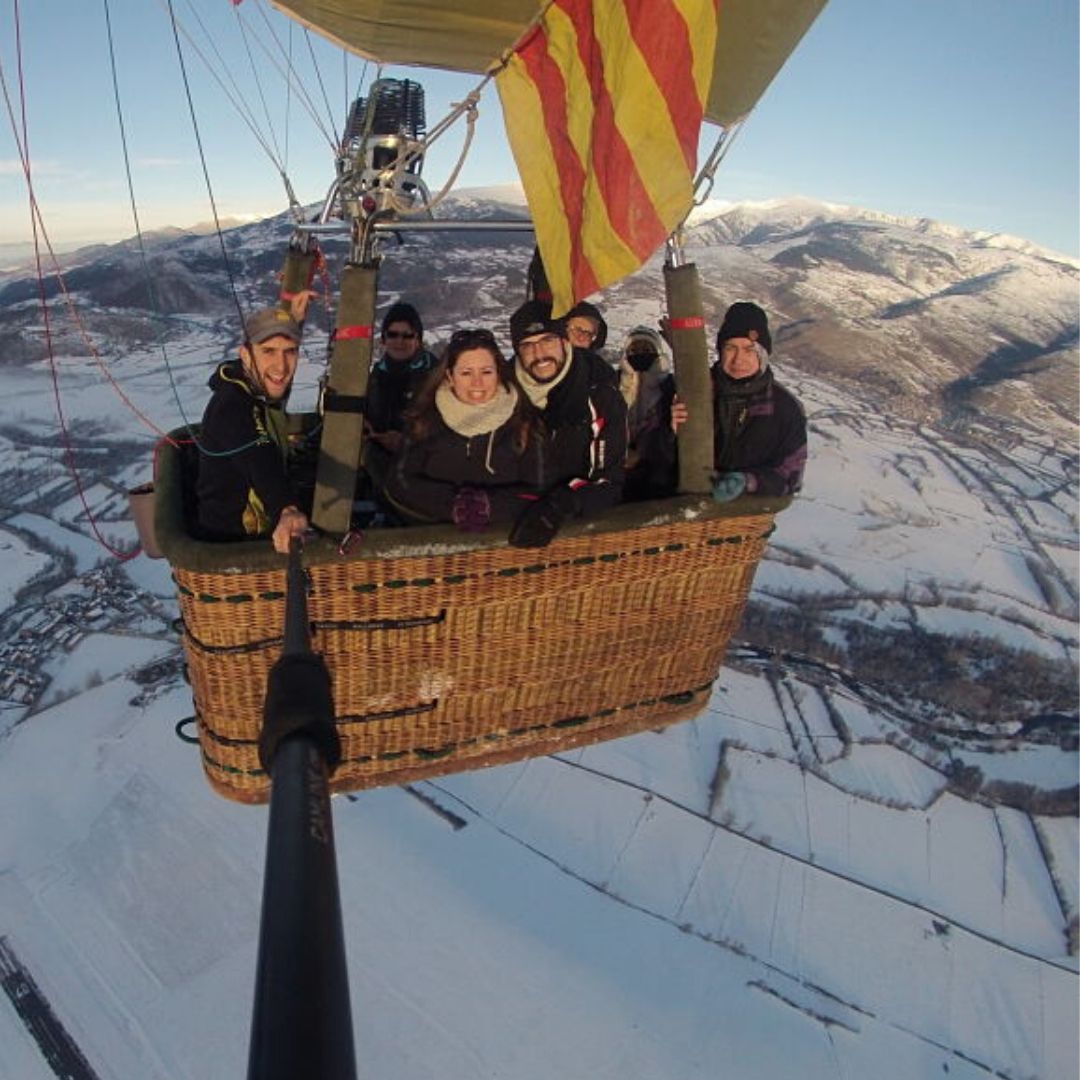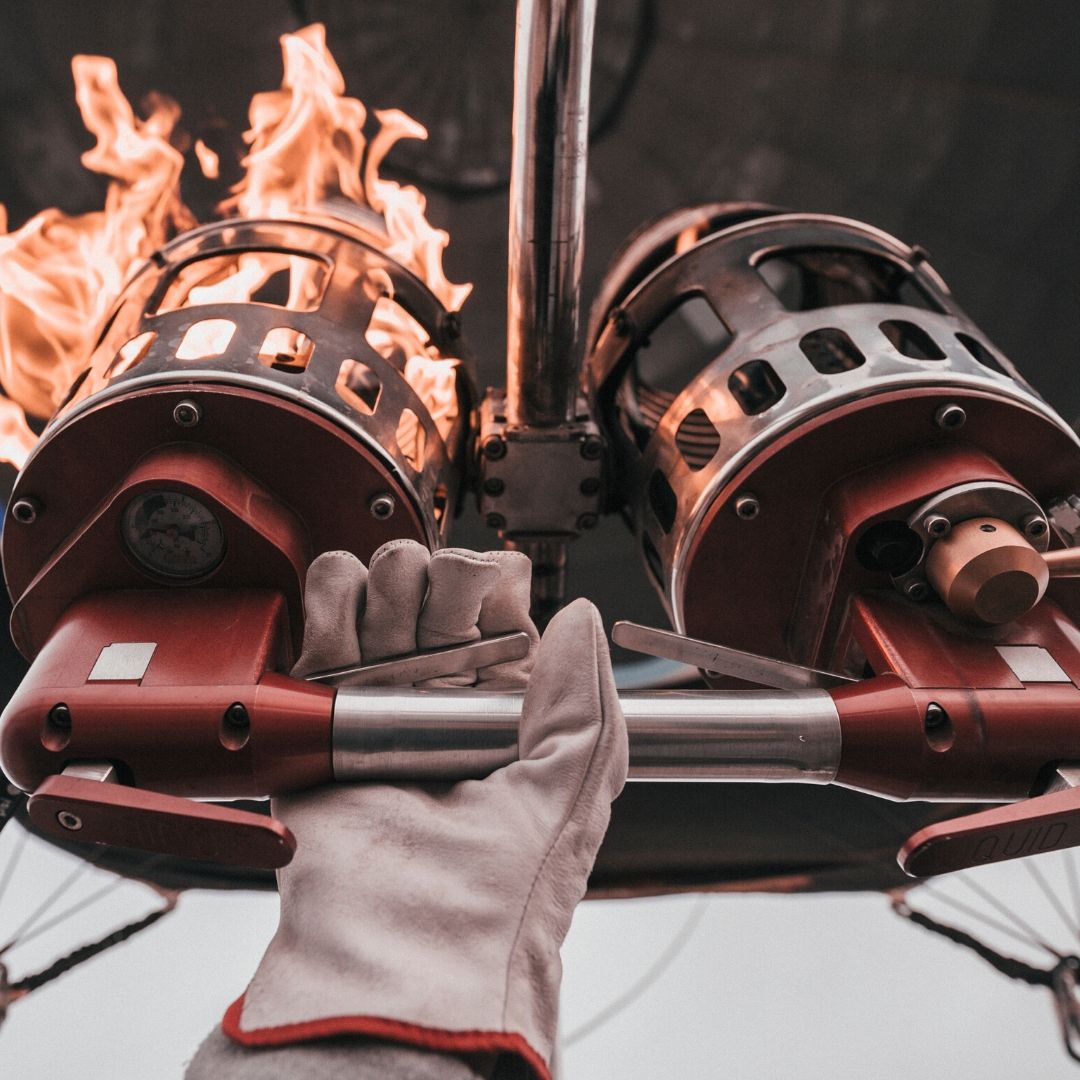Why does a hot air balloon flies?

How does a
hot air balloon fly?
To enhance the confinement due to COVID-19, we have committed to continuing to publish information and knowledge about hot air balloons.
In the first post we talked about the different parts of a hot air balloon.
Today, we are going to talk about how and why a hot air balloon flies.
Why does a hot air balloon fly?
A simple concept to understand why a hot air balloon flies is because the air inside the envelope, when heated, increases the pressure.
The general gas law says:
PV = nRT
To simplify that: Increasing the temperature will increase the volume or pressure, or both at the same time.
In the case of the hot air balloon, when the air inside the envelope is heated, it increases in volume until it occupies every corner. Once the envelope is tense, if we keep heating the air inside it (which is increasing in volume) it will start to go out of the envelope, emptying the density of air inside it. This will make the air inside the envelope lighter than the air outside and the balloon will rise.
During the flight, the pilot maintains the hot air balloon temperature by operating the burner.
The temperature of the envelope will determine the speed of rise and descent, as well as the height of the hot air balloon.
These parameters are monitored throughout the flight by instruments such as the variometer, to know the vertical speed (ascent and descent speed), the altimeter and the GPS to know the horizontal speed, altitude and exact position on the ground.
In this video of QUÈQUICOM you will see in a visual way what you just read. It is in catalan, but we are sure you will understand it as well, as it is visual.



You can read more about the different parts of a hot air balloon here..


